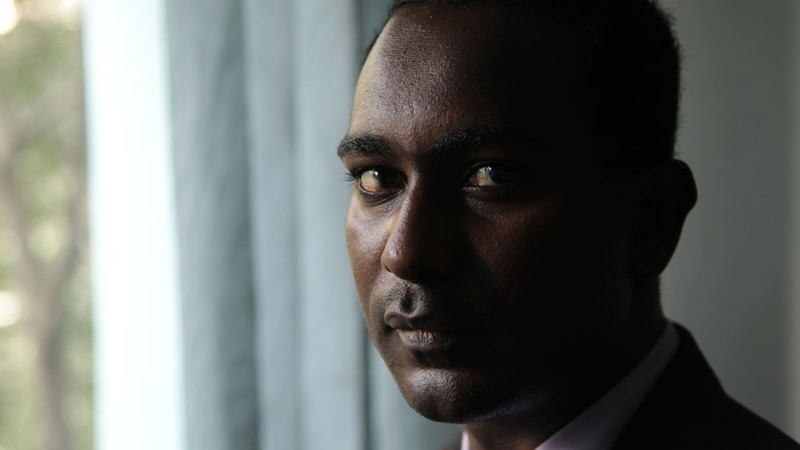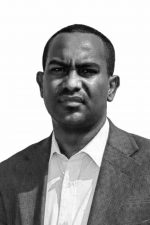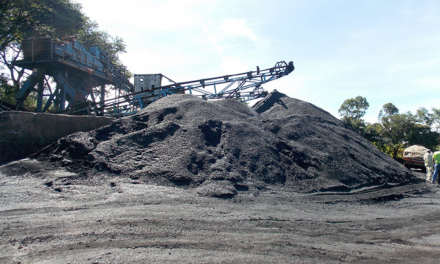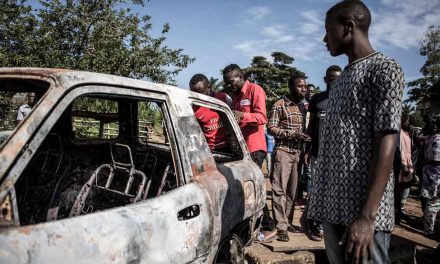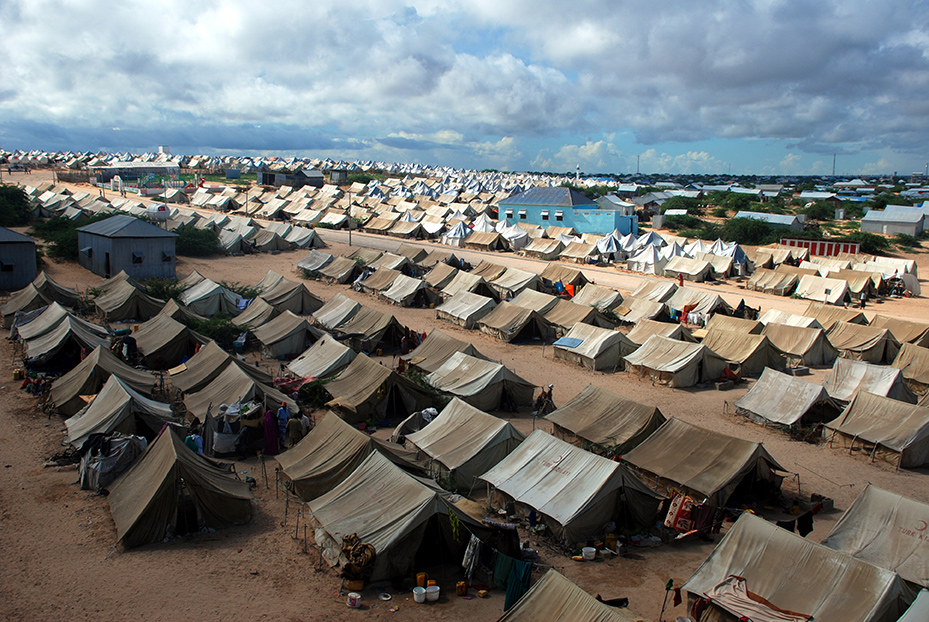
A refugee camp in Mogadishu, Somalia. Image iSTOCK
Despite millions of dollars in foreign aid, lawlessness and injustice remain deeply entrenched within Somalia’s inter-clan rivalries
Somalia’s Al-Shabaab militants have suffered a variety of attacks recently, having been targeted by pro-government militias, drone strikes and rival Islamist leaders, yet they have not seen a fall in their numbers. Al-Shabaab continues to attract recruits, mainly from members of marginalised ethnic clans driven to the movement as a rare outlet for
economic and political empowerment, rather than religious zeal.
According to Ibrahim Daauud, an independent political analyst based in the capital, Mogadishu, members of ethnic minority clans comprise more than 60 percent of Al-Shabaab’s armed fighters. The Islamist insurgency’s current commander, known as the Emir, meaning “ruler” or “commander”, is from a minority clan within the Dir community.
Somalia’s minor clans lack the fiscal and demographic resources to counter the influence of major clans other than through Al-Shabaab, says Daauud.
“When these clans saw they were locked out from justice or any services they could have as citizens, they felt they had to seek other options. I do not say that all marginalised people are going into terrorist ranks, but many of the youth increasingly felt they needed to [take] revenge [for] what big clans did to them.”
Somalia’s population of 10.5 million is ostensibly homogenous, but clan affiliation is involved in all aspects of Somali life, including politics. The two major clans, the Hawiye and the Darood, have dominated political and economic life in Somalia since independence in 1960.
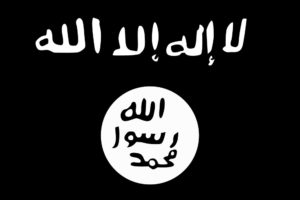
Al-Shabaab flag.
Minority clans are routinely denied political and economic leverage, though they constitute about one-third of Somalia’s population, according to the UN. All Somalia’s presidents and prime ministers have been members of the two major clans, except Mohamed Ibrahim Egal, who acted briefly as prime minister in 1967, and hails from the Dir clan.
Government power in Somalia is shared according to a “4.5” formula, which gives the minority clans less representation than the major clans. The four leading clans—the Hawiye, Darood, Rahanweyn and Dir—take most of the influential political positions.
Two of the minority clans, the Banaadiri and the Jareerweyne (Somali Bantus), have lived for centuries in four of Mogadishu’s 17 districts, says minority clans advocate, Shariif Nuuri. Yet only one of the 17 commissioners who govern the capital comes from these clans. “This marginalisation has been happening [for a] long time and still it is here,” Nuuri said. “I believe we are still in the era of Mukulaal Madow [black cats].”
“Black cats” refers to a time in the 1990s when Hawiye clan militias seized homes and properties of the minority Banaadiri community in Mogadishu, forcing many into displacement or exile.
After the civil war broke out in 1991, inadequate security allowed dominant clans to seize property and displace minority clans as they liked, says Omar Abdi, the founder of the Somali think-tank, the Centre for Research and Policy Analysis.
Bigger clans continue to displace smaller clans today. In Kismayo, in the Jubbaland region, the Darood clan is seizing land and houses from minority communities, says Daauud. Many of the displaced youth join Al-Shabaab to fight against the Jubbaland occupation.
According to the Internal Displacement Monitoring Centre, a research institute that researches global internal displacement trends, most of the displaced belong to minority groups, especially in southern and central Somalia.
Some find that conditions with the militants are not to their liking and end up seeking other ways out of their marginalisation. “When we interview the new defectors who come to our centre, what they tell us is that most of them were recruited from camps of the internally displaced persons where they do not have enough food to eat,” said Mohamud Farah, a former Al-Shabaab fighter who works at a government-run centre that rehabilitates new Al-Shabaab defectors in Mogadishu.
Lacking demographic power, wealth, weapons and access to education, minority clans are vulnerable to larger, militarised clans, Daauud says. “They are powerless [and] cannot defend their oppressed members. Historically, [minority clans] were used as labourers to work on the farms … with no rights,” he explains.
Members of minority clans are prevented from marrying into larger clans by a system similar to India’s caste system. Their marginalisation applies even after death. “Looma Ooyaan” (“nobody cries for them”), people say of minority clan members who have died. No “blood money” is required if a major clan member kills a man from a minority clan, says Daauud.
A widely reported example of this involved the killing of Mukhtar Shawri, a teashop owner from a minority clan. Shawri’s brother, Omar Shawri Hassaney, says a gunman killed his brother in the Hamarweyne Marwaas neighbourhood of Mogadishu.
“That afternoon my brother Mukhtar was working in his shop near Marwaas Mosque when the gunman arrived and demanded a cup of tea. When he gave the tea, the gunman asked [Mukhtar] why he gave tea without sugar. He referred to him as ‘a pig’ and shot him three times,” Hassaney says.
His family wanted to take Mukhtar to hospital, which they felt might have saved his life, but were prevented from doing so by the gunman, says Hassaney.
Hassaney believes this incident and others like it have induced many young men from minority clans to join the Al-Shabaab militant fighters.
“Many of the young men from unarmed clans believe they are not full citizens and therefore powerless. They do not have protection, so they prefer to migrate to other countries … Others are lured to join the Al-Shabaab because they see this as a way to [get] revenge for the atrocities committed against their families,” Hassaney said.
Al-Shabaab, which rose to prominence in 2006 as a militia subordinate to the Islamic Courts Union, was heavily influenced by the Habar Gedir/Ayr, a sub-clan of the powerful Hawiye clan, according to Andrew McGregor, director of Aberfoyle International Security, a Canadian security company working in Somalia.
The insurgent militia’s strength and longevity are rooted both in its opposition to the presence of Ethiopian troops originally sent to the country in 2010 in support of the government—who are still there, though much less visibly—and its inter-tribal composition.
Al-Shabaab claims to “transcend clan”, based on Islamist beliefs. Some of the group’s hardline leadership believe in the universalism of al-Qaeda’s Salafi-Jihad worldview, according to McGregor.
The Islamist organisation’s inter-clan composition has undoubtedly assisted its recruitment drives, though it has also sometimes weakened its military campaigns. During its Ramadan offensive in 2010, for instance, the former Al-Shabaab leader, Mukhtar Robow, allegedly withdrew his Rahanweyn clan forces from Mogadishu after he and fellow clan elders claimed that their fighters had borne a disproportionate share of the casualties, according to McGregor and news reports.
After the fall of Siad Barre in 1991 various governments have attempted to form administrations using clan-based structures. The latest effort, under President Aden Abdulla, represents the 15th attempt using the “4.5” formula. But building agreement among the clan affiliations and regional- political forces in the country is key to its stability. Until the issue of clan is openly addressed in Somalia the ruinous formula of adhering to clan politics may continue.
The US provides over a billion dollars in foreign aid per year, but the central government remains fragmented and insecure. Even if the current Western-backed government manages to oust Al-Shabaab, the government could implode, even without the influence of an Islamist insurgency.
The problem of inter-clan rivalries will remain. As Hassan Gedi Roble, a chief of the Dir clan was quoted as saying in news reports: “A government of clans is only going to create clan competition.”
Abdalle Mumin is an award-winning Somali journalist who has reported for the Guardian, the Wall Street Journal and several Somali newspapers and radio stations. Forced to flee after being attacked by suspected al-Shabab members, he continues to write about Somalia in exile. Photo Credit: Mail & Guardian


